
Living With A Urinary Catheter in EnglandDudley Tired of your
There is a continued perception that intravenous line (IV) placement is contraindicated in the arm ipsilateral to prior breast cancer surgery to avoid breast cancer-related lymphedema (BCRL).
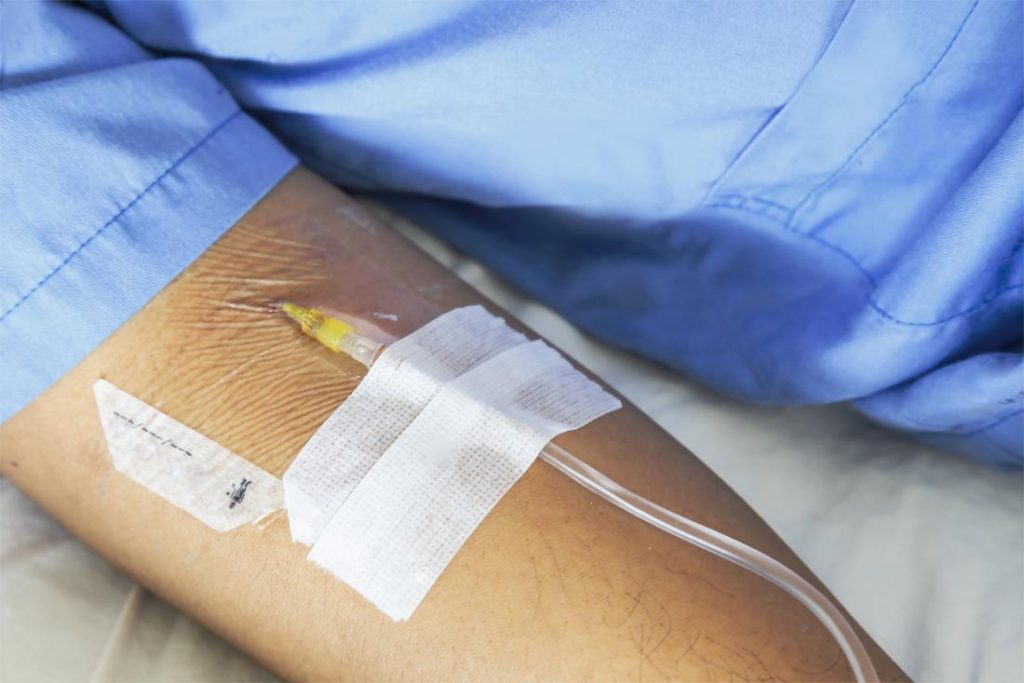
Iron Infusion Clinic Near Lilydale, Melbourne VIC Main Street Medical
There is a continued perception that intravenous line (IV) placement is contraindicated in the arm ipsilateral to prior breast cancer surgery to avoid breast cancer-related lymphedema (BCRL).

IV needle in male arm stock photo. Image of healthcare 169573656
The most common IV line, the peripheral intravenous line, or PIV, is also known as one of the simplest. PIVs require the insertion of a cannula catheter to help start infusion therapy. If you're staring at an IV line in your arm, chances are it's a PIV.

Hypertonic Saline Bolus May Be Preferable to Continuous Infusion for
Peripheral venous cannulation, among the most common medical procedures, has revolutionized the practice of medicine. Peripheral intravenous (IV) catheters allow for the safe infusion of medications, hydration fluids, blood products, and nutritional supplements. First-time success rate for peripheral IV placement ranges from 65 to 86 percent [ 1 ].
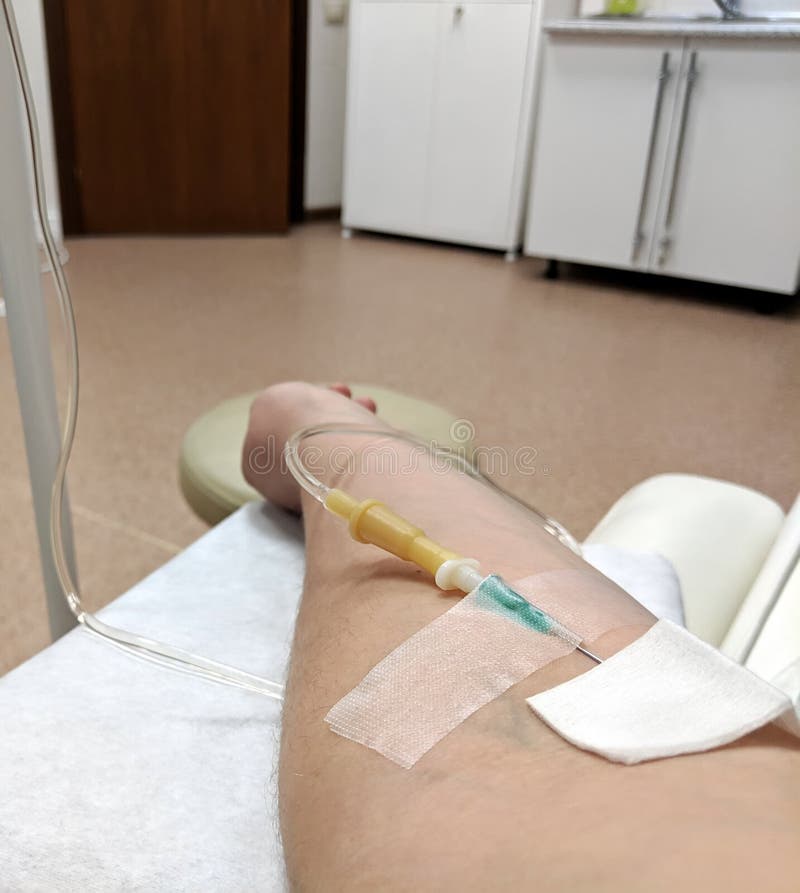
Sintético 100+ Foto Fotos De Catéter En La Mano Mirada Tensa
Overview What is an implanted port? Implanted ports are devices that make it easier for healthcare providers to access a vein. They help people who often need IV treatments or blood draws. The plastic or metal disc-shaped port is about the size of a quarter. The device goes beneath your skin in your chest, arm or abdomen.
What it looks like when the IV slips out of your vein and fills your
Peripheral line placement, also referred to as peripheral intravenous (IV) cannulation, is the insertion of an indwelling single-lumen plastic conduit across the skin into a peripheral vein. Such devices may be referred to as peripheral IV (or venous) lines, cannulas, or catheters depending on the country.

A Nurse Putting Iv Into Womans Arm In Stock Footage SBV323172504
Short IV catheters can be placed in the arm or hand. These require frequent changes and are not suitable for some solutions and medications. A central venous catheter can be inserted into a vein in the neck, upper chest or groin. This type of catheter is for short-term use (less than 2 weeks) and can only be used in the hospital..

Hall on Health Archives 2018 February
A peripherally inserted central catheter (PICC), also called a PICC line, is a long, thin tube that's inserted through a vein in your arm and passed through to the larger veins near your heart. Very rarely, the PICC line may be placed in your leg. A PICC line gives your doctor access to the large central veins near the heart.
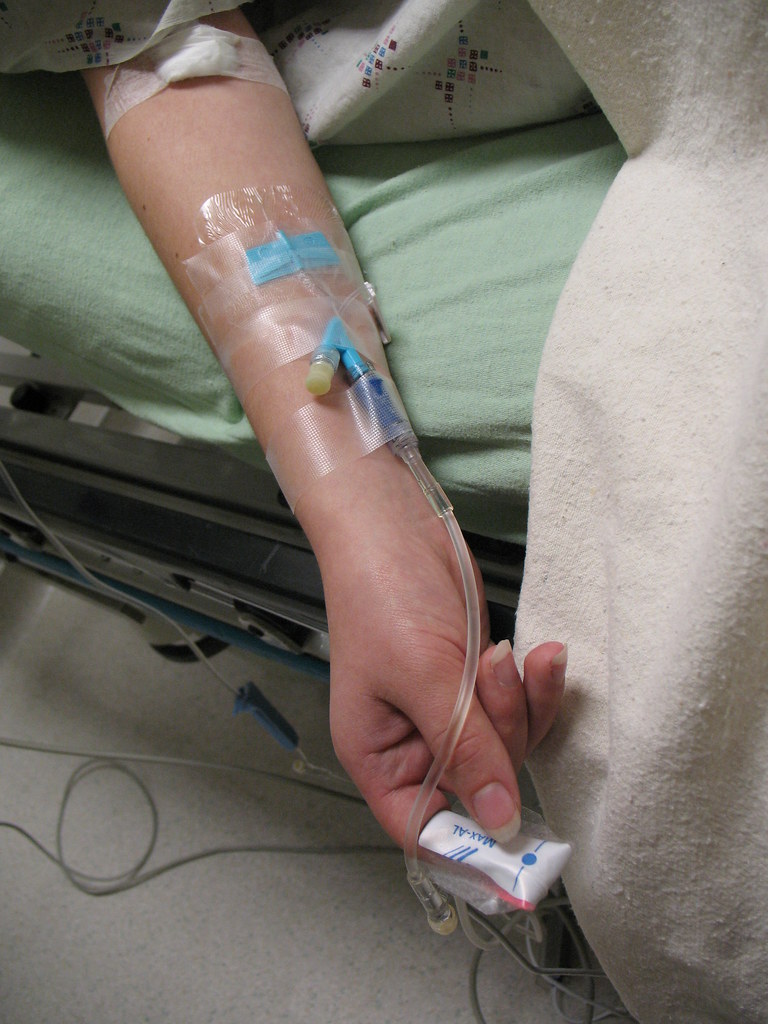
My Arm with an IV in it The IV made my arm all cold. It al… Flickr
Intravenous fluid regulation is the control of the amount of fluid you receive intravenously, or through your bloodstream. The fluid is given from a bag connected to an intravenous line. This is a.

Pictures Of Iv In Arm Designed by Lashea
What is intravenous (IV) therapy? IV therapy is used to give medicines, fluids, blood products, or nutrition into the bloodstream. This is done by placing a flexible plastic tube (called an IV line or catheter) through the skin into a vein. It may also be called infusion therapy. There are many types of infusions that are given through an IV:
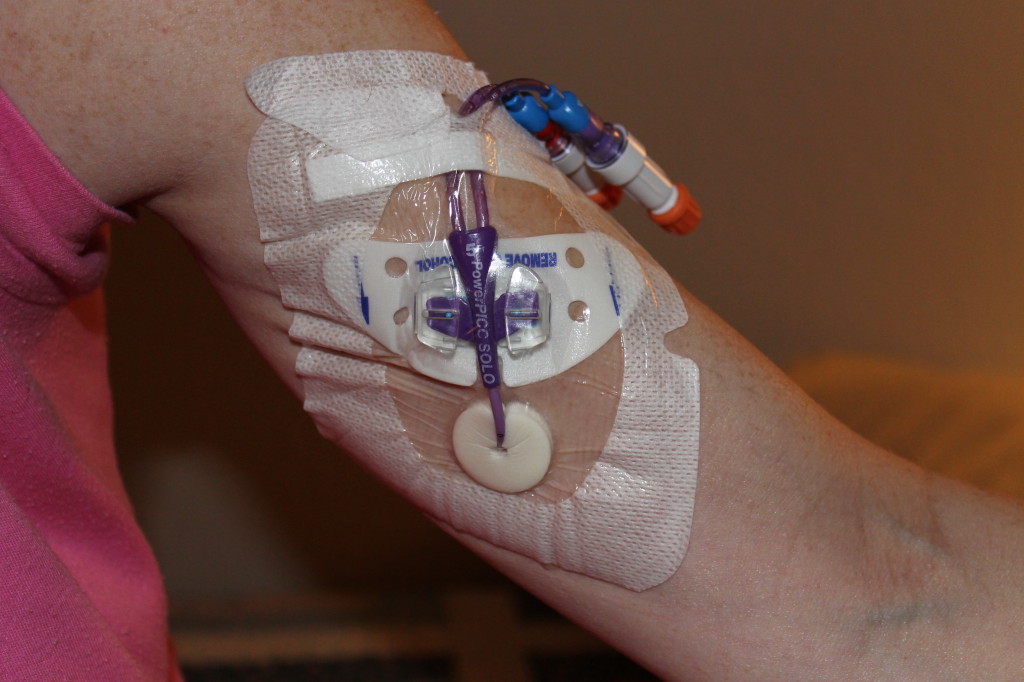
central line dressing change how often Isidra Mattos
Takeaway Boy_Anupong/Getty Images What is intravenous medication? Some medications must be given by an intravenous (IV) injection or infusion. This means they're sent directly into your vein.

Pictures Of Iv In Arm Designed by Lashea
IV Therapy Tips for Starters. Preliminary IV therapy tips and tricks on how to start an IV: 1. Stay focused and be prepared. Hitting the bullseye on one try will depend on the nurse's preparation and skill. You and your patient should be composed as a nervous and rushed procedure will likely result in failure.

A Nurse Putting Iv Into Womans Arm To Get Stock Footage SBV323172429
Get the IV line ready and set up the IV bag. Prepare your IV while your patient's arm (or other area of IV insertion) dries from the disinfectant wipe. Begin by preparing your IV tubing. Hang the IV bag from something elevated and fill the tubing with saline solution. Watch for any signs of bubbles in the IV line.

IV in einem Arm stockfoto. Bild von heilen, krankheit 67544198
Tape the IV needle to your arm so that it stays in place. Attach the small tube to a longer tube, and then attach it to a bag of fluids. Hang the bag from a hook on a tall stand (called an IV stand). Turn on a machine that will pump the fluid into the IV line. Check your IV line regularly and monitor the amount of fluid entering your body.

She {chooses} joy Blood Transfusion 329
A peripherally inserted central catheter, also known as a PICC line, is a long, flexible tube (catheter) that is inserted into a vein in your upper arm. After insertion, the catheter is threaded to a central vein near the heart. The PICC line can be used to deliver fluids and medications, draw blood, or perform blood transfusions.

Medical Errors and Systems Thinking
An intravenous (IV) injection is an injection of a medication or another substance into a vein and directly into the bloodstream. It is one of the fastest ways to get a drug into the body, often.